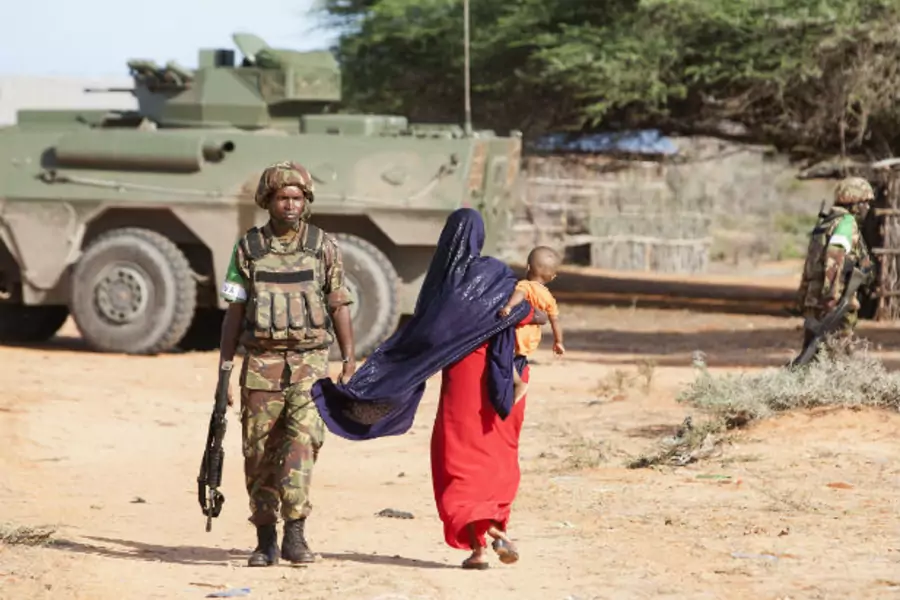More on:
This is a guest post by Jim Sanders, a career, now retired, West Africa watcher for various federal agencies. The views expressed below are his personal views and do not reflect those of his former employers.
As the Somalia diaspora returns to the country, along with foreign embassies and international organizations, the country’s long slide into darkness appears to be slowing. Despite many obstacles rendering such an idea unrealistic, establishing a national newspaper could contribute to greater unity and stability.
Al-Shabaab, the violent extremist group responsible for most of Somalia’s insecurity, has shown itself to be especially sensitive to media outlets. Most recently, it banned internet use nationwide, allowing just fifteen days for providers to comply before facing attacks.
Forced out of some areas, the group seems to feel its grip slipping and by targeting internet and electronic media, it reveals its vulnerability to communications.
In the current digital age, the idea of establishing a hardcopy newspaper with national reach in such a hostile environment seems counterintuitive. Yet according to a study by Cornell University professor emeritus Benedict Anderson, “the very existence and regularity of newspapers cause[s] readers, and thus citizens-in-the-making, to imagine themselves residing in a common time and place, united by a print language with a league of anonymous equals.”
Ordinary Somalis are hungry for news about their country. William Travis, whose book, The Voice of the Turtle recounts his efforts to build turtle canning factories in Somalia, writes that in his travels around the country, Somalis he met usually commenced conversations with the question: “‘What news from the South?’—or wherever you had come from. Sometimes it was just one word ‘news!’”
Rajo, the small newspaper created by the United Task Force Somalia (UNITAF) during its deployment to Somalia in 1992-93, had a daily run of 15,000-28,000 copies and was distributed to every town and village where UNITAF soldiers were deployed. Many copies were literally read to shreds.
Similarly, Riodoce, a small Mexican newspaper covering drug wars, operates in a tough environment, but has succeeded by managing risk—learning “what not to write in order to keep writing.”
More on:
 Online Store
Online Store
